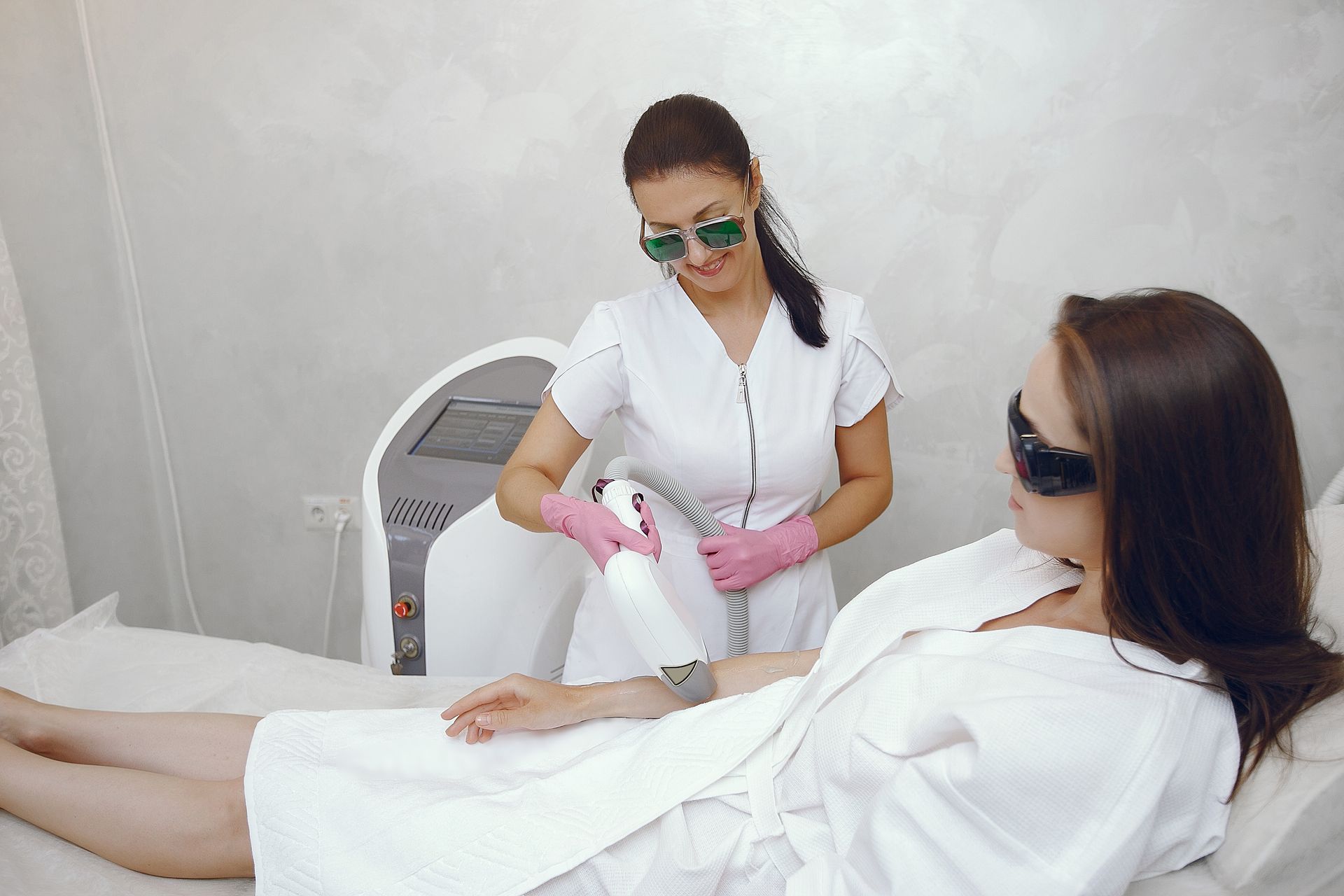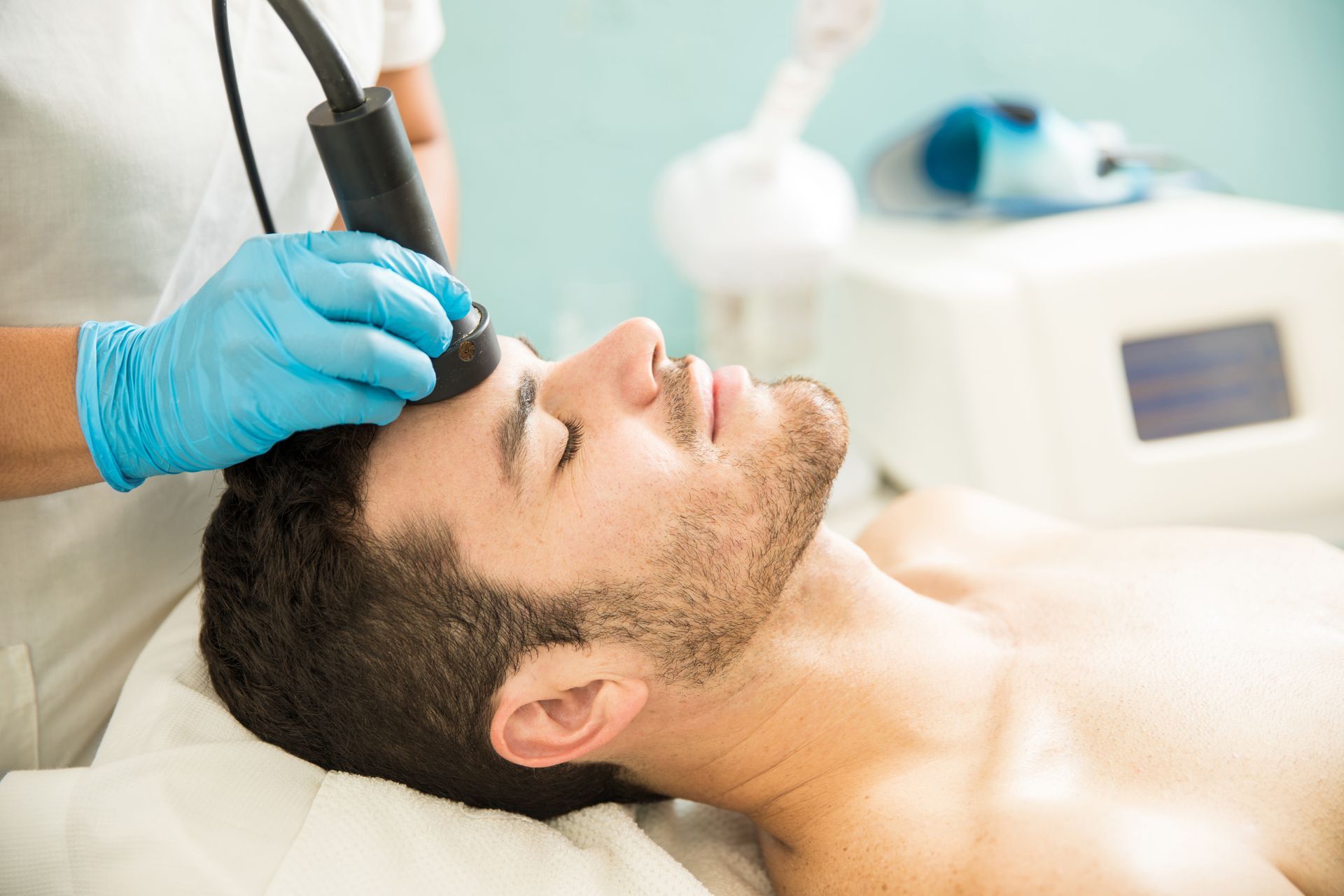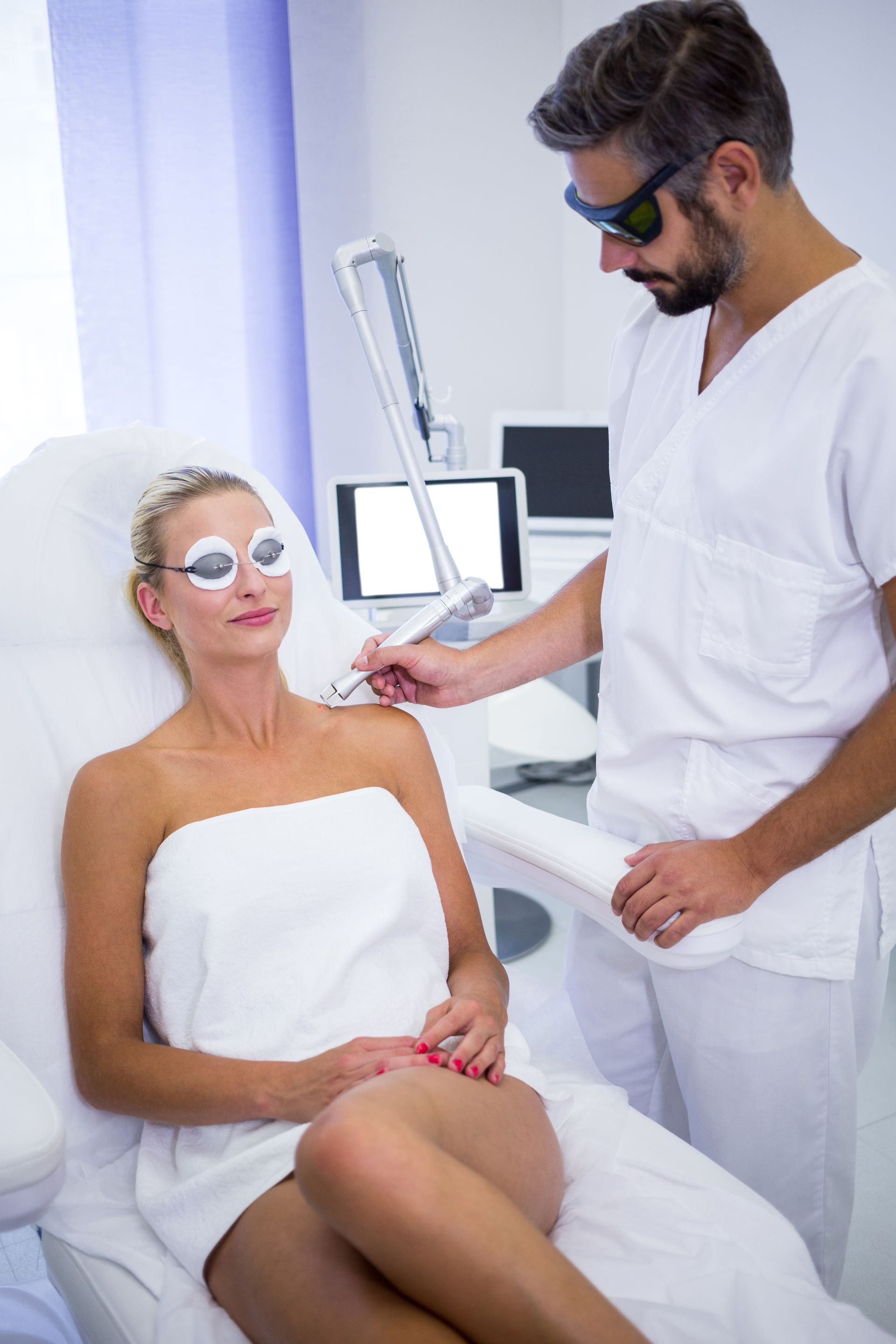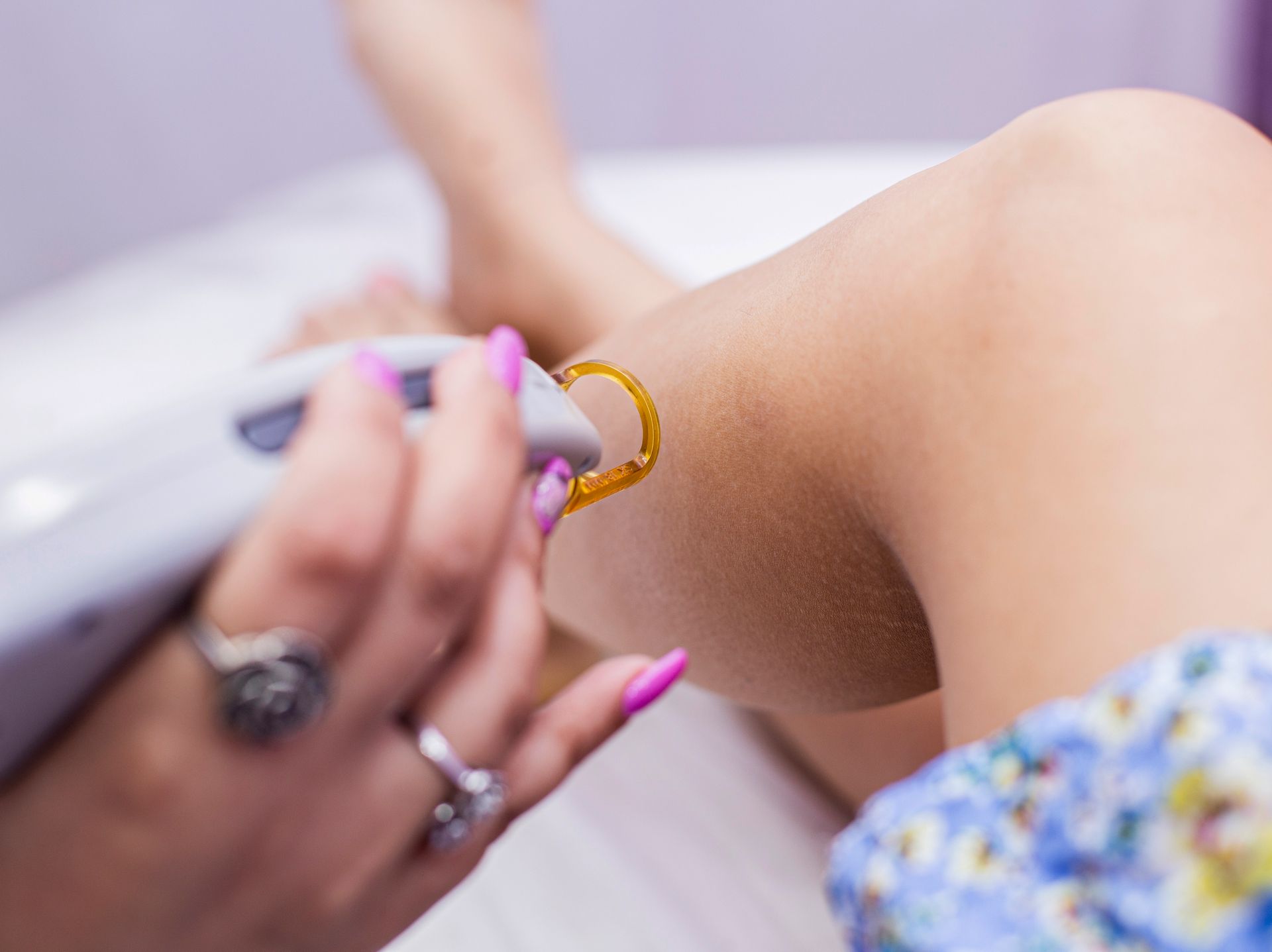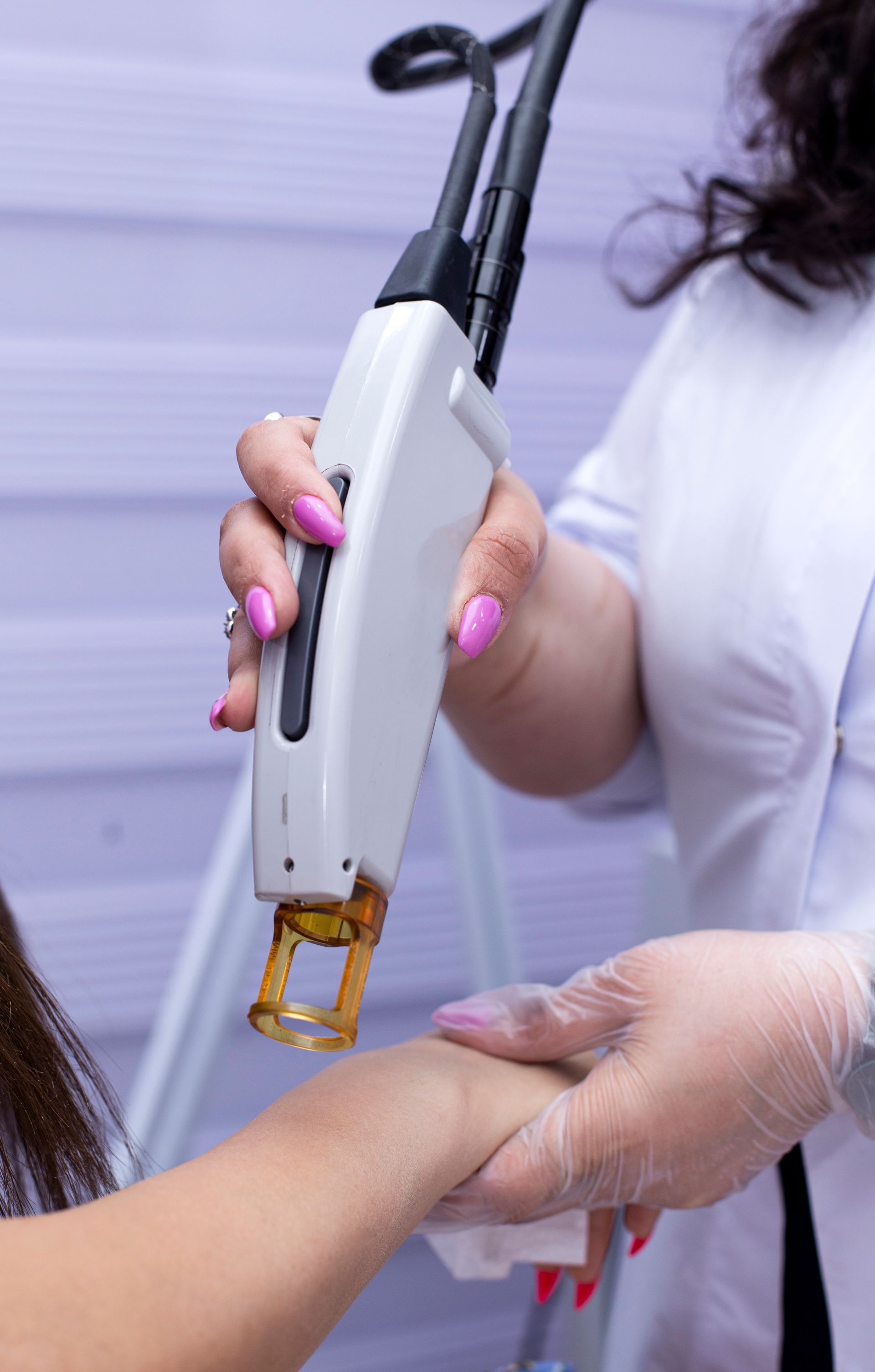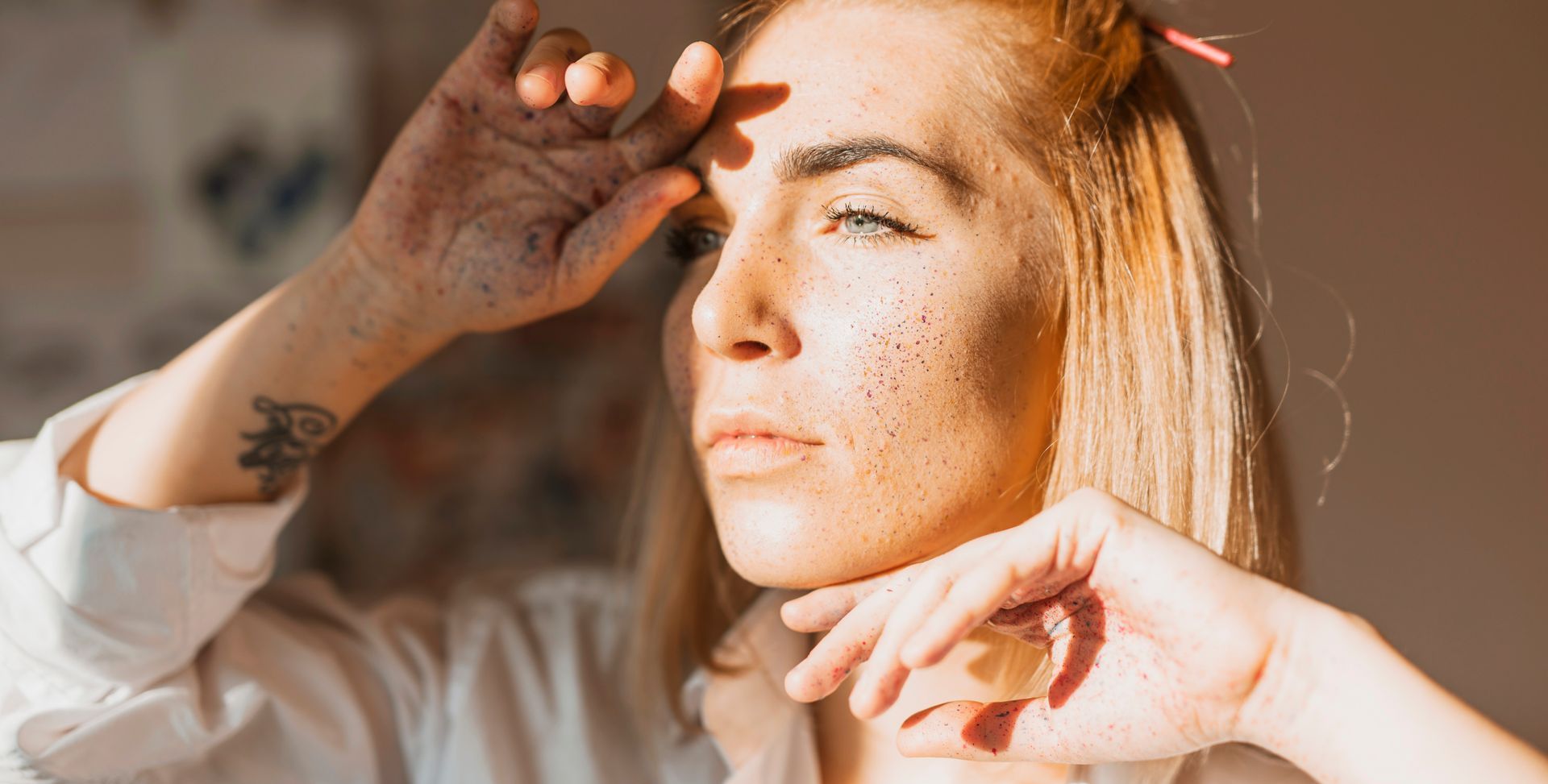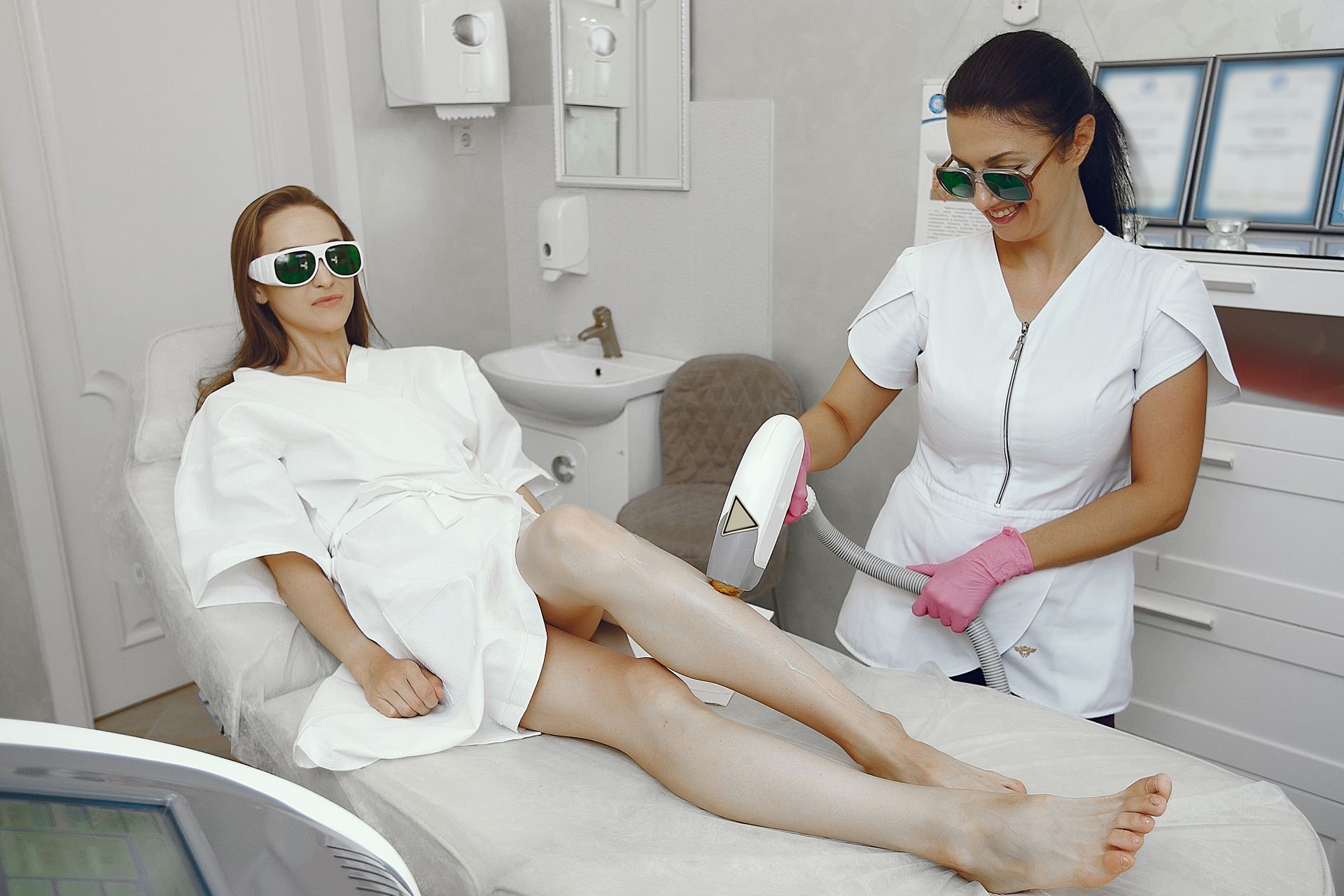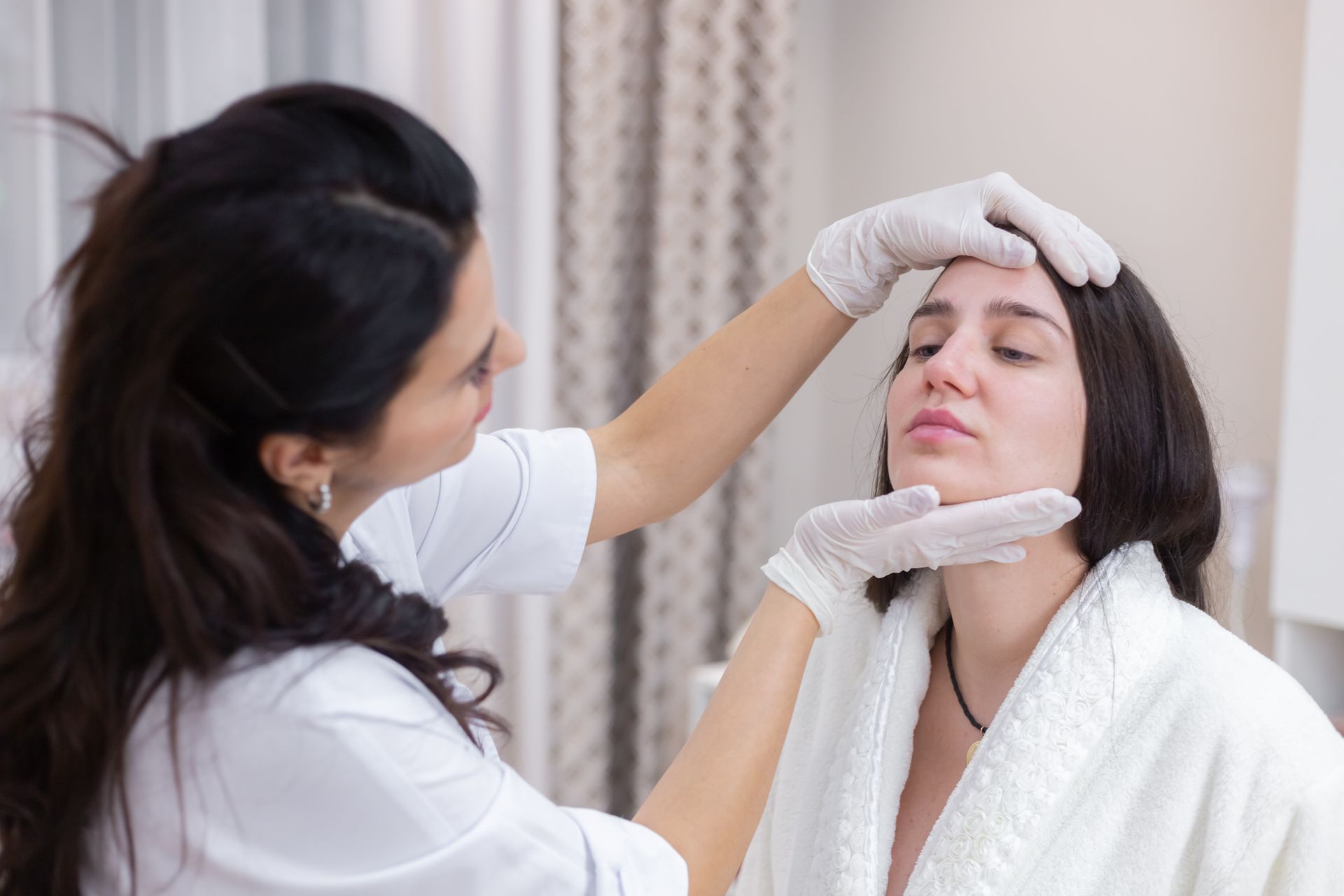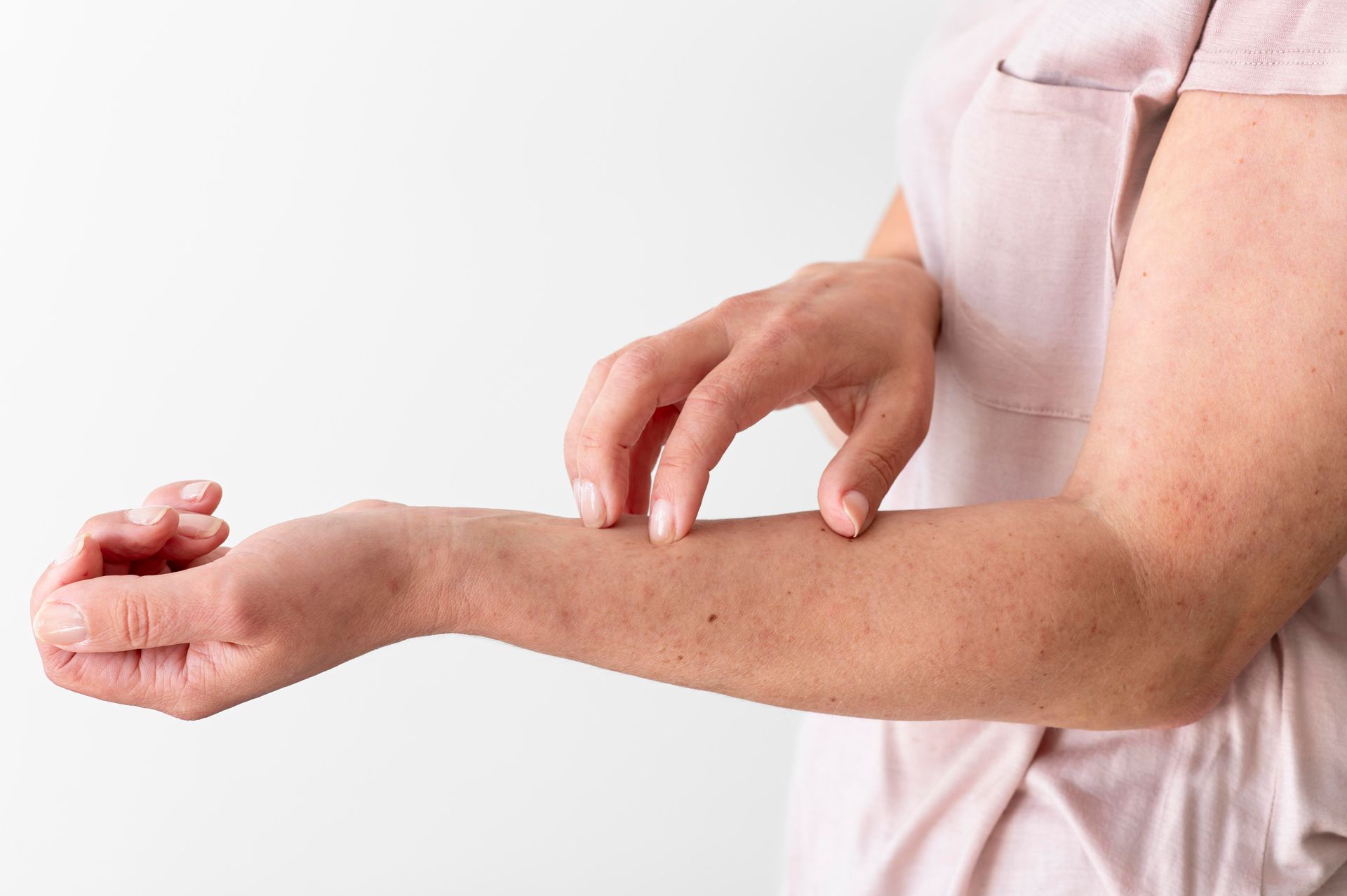Does Laser Hair Removal Make Skin More Sensitive to Sun?
Laser hair removal gives you smooth, low-maintenance skin—but it also comes with a few golden rules. One of the biggest ones? Avoiding too much sun exposure.
If you’ve ever wondered why your technician tells you to skip the beach or outdoor tanning before and after your laser sessions, you’re not alone. Let’s break down the science behind it, what can happen if you ignore this advice, and how to protect your skin without compromising your results.
Can You Go Swimming After Laser Hair Removal?
Understanding How Laser Hair Removal Affects the Skin
Laser hair removal works by targeting the melanin (pigment) in your hair follicles. The laser emits light energy that converts into heat, damaging the follicle so it can’t regrow hair easily.
But while this process is safe and precise, it does cause a temporary heat response in the skin. The treated area becomes slightly inflamed and more vulnerable—almost like having a mild sunburn.
That’s why, right after your session, your skin is in a heightened sensitivity phase, meaning it can react more strongly to sunlight, heat, and even some skincare products.
So, Does Laser Hair Removal Make Skin More Sensitive to the Sun?
Yes, absolutely—at least temporarily.
After laser hair removal, your skin’s protective barrier is slightly compromised. The laser treatment creates micro-injuries in the epidermis (top layer of the skin) as it targets hair follicles below the surface.
Because of this, your skin becomes more reactive to UV rays. Even a short amount of sun exposure can lead to:
- Redness or irritation
- Uneven pigmentation
- Prolonged healing
- Risk of burns or dark spots (post-inflammatory hyperpigmentation)
This is why most clinics strongly recommend avoiding direct sun exposure for at least one to two weeks before and after each laser session.
Why Sun Sensitivity After Laser Hair Removal Happens
To understand this better, think of laser-treated skin as newly exposed skin—fresh, tender, and not yet ready to face harsh environmental elements.
Here’s what happens biologically:
- The heat from the laser increases inflammation and dilates blood vessels.
- The melanin-producing cells in the skin (melanocytes) become more active or unstable.
- When exposed to UV rays, these cells can react unpredictably—causing dark spots, patches, or even lightening in some areas.
That’s why timing your sessions and managing sun exposure is crucial for long-term results and safety.
Pre-Laser Sun Exposure: Why You Should Avoid Tanning Beforehand
Sunbathing before laser treatment might seem harmless—but it can seriously interfere with how the laser works.
When your skin is tanned, it contains more melanin. Since lasers target melanin in the hair, this extra pigment in the skin can confuse the laser, making it harder to differentiate between skin and hair.
The result?
- Reduced effectiveness
- Higher risk of burns or discoloration
- Possible delay or rescheduling of your appointment
To stay safe, it’s best to avoid tanning (natural or artificial) for at least 2–4 weeks before your session.
Post-Laser Sun Exposure: The Critical Healing Window
The first 48 to 72 hours after your laser session are when your skin is most sensitive. During this time, even indirect sun exposure can cause inflammation or pigmentation issues.
Here’s what you should do:
- Stay out of direct sunlight as much as possible.
- If you must go outdoors, wear protective clothing like long sleeves, wide-brimmed hats, or lightweight scarves.
- Use broad-spectrum sunscreen with SPF 50+ every day, even on cloudy days.
After about a week, your skin will begin to normalize, but you should still be cautious for up to two weeks post-treatment.
Can You Get Laser Hair Removal During Summer?
Yes, but with extra precautions. Many people assume they should avoid laser treatments during sunny months—but that’s not necessary if you’re careful.
Here’s how to manage it:
- Schedule your sessions early morning or evening to avoid peak sun hours.
- Apply sunscreen daily, even if you’re indoors (UV rays can penetrate windows).
- Avoid the beach, tanning beds, or poolside lounging for at least a few days after each treatment.
With these steps, you can safely continue your laser sessions throughout the summer without setbacks.
Why You Shouldn’t Wax or Pluck Before Laser Hair Removal
What Happens If You Ignore Sun Safety?
If you go out in the sun too soon after laser hair removal, your skin might react with:
- Sunburn or blistering
- Dark or light patches where pigmentation changes occur
- Prolonged healing time
- Increased discomfort or itching
These reactions can be temporary—but in some cases, pigmentation changes may last for weeks or months.
Your laser provider might also delay future sessions until your skin tone stabilizes again, slowing down your progress.
How to Protect Your Skin from the Sun After Laser Hair Removal
Protecting your freshly treated skin isn’t complicated—it’s all about consistency and awareness.
1. Use Sunscreen Religiously
Choose a broad-spectrum, mineral-based SPF 50+ sunscreen that contains zinc oxide or titanium dioxide. Apply it every morning and reapply every two hours when outdoors.
2. Cover Up
Clothing is your best barrier. Loose, breathable fabrics and wide hats can block UV exposure and prevent irritation.
3. Avoid Heat and Sweat
Skip saunas, hot yoga, or long outdoor walks for 48 hours after treatment. Heat can worsen redness and sensitivity.
4. Soothe and Hydrate
Use a gentle, fragrance-free moisturizer or aloe vera gel twice daily to calm inflammation and rebuild the skin barrier.
5. Time Your Treatments Wisely
If you have frequent sun exposure (like during vacations), try scheduling sessions in fall or winter, when UV levels are lower.
When Can You Safely Return to Sun Exposure?
Most experts agree that you can safely return to normal sun exposure after two weeks, once redness and sensitivity have completely subsided.
However, everyone’s skin heals differently. If you have a deeper skin tone or experienced any irritation, waiting a little longer before tanning or sunbathing is always the safer choice.
Final Thoughts: Respect the Sun, Protect Your Glow
Laser hair removal and sunshine can coexist—you just need to time them wisely. Yes, your skin will be more sensitive to the sun after treatment, but with careful protection and good aftercare, you’ll not only prevent damage but also maximize your results.
Think of sunscreen and shade as your best friends after laser treatment. They’ll help keep your skin even-toned, healthy, and glowing—exactly what you want when you’re showing off that smooth, hair-free skin.
BOOK YOUR FREE SESSION
